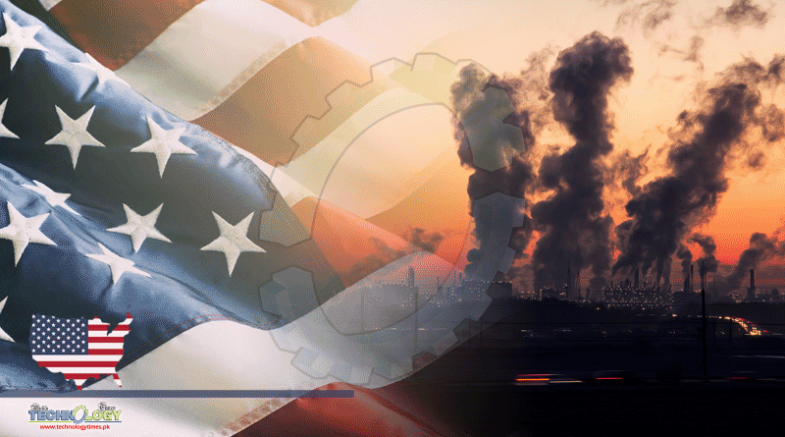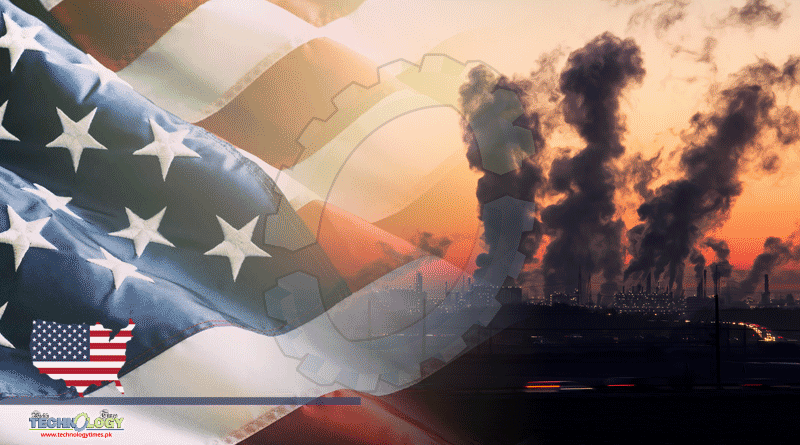The Clean Air Act Requires The Agency To Review And Set NAAQS Regulations For “Pollutants That Are Common In Outdoor Air

The US Environmental Protection Agency (EPA) announced its final decision Monday to maintain the existing National Ambient Air Quality Standards (NAAQS) for soot particulate matter for another five years, without changes. The Clean Air Act requires the agency to review and set NAAQS regulations for “pollutants that are common in outdoor air, considered harmful to public health and the environment, and that come from numerous and diverse sources.” Particulate matter (PM) includes both fine and coarse particles that become suspended in the air. Fine particles can be emitted from sources such as vehicles, smokestacks and fires. Sources of course particles include dust from roads, agricultural operations, construction, industrial processes and biomass burning.
The current particulate matter air quality standards were set by the Obama-Biden administration and apply to fine and coarse particulate matter (PM2.5 and PM10). The current standard is set to 12 millionths of a gram/cubic meter of air. In addition to periodically reviewing the standards “to ensure that they provide adequate health and environmental protection,” the Clean Air Act requires that the EPA update and/or tighten those standards as necessary every five years.
The agency said the decision to retain the existing standards comes following “careful review and consideration” of the best available science and technical advice, consultation with EPA scientists, and “consideration of more than 60,000 public comments on the proposal.” There was significant support for tightening the standards. Governor Jim Justice of West Virginia, the second-highest coal-producing state in the US, praised the decision: “The fact that US has the most vibrant economy in the world, and yet our particulate matter is five times lower than the global average, is a testament to the leadership of President Trump, the US EPA, and the entire Trump Administration.”
According to the EPA, US particulate matter concentrations fell by 44 percent between 2000 and 2019, approximately five times below the global average. The agency’s announcement comes amid emerging research indicating a link between exposure to particulate matter and COVID-19 mortality rates, with “an 11% increase in mortality from COVID-19 infection for every 1 microgram/cubic meter increase in air pollution.”
This news was originally published at Jurist
